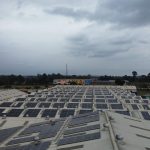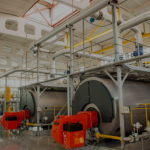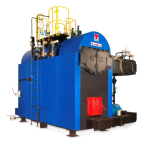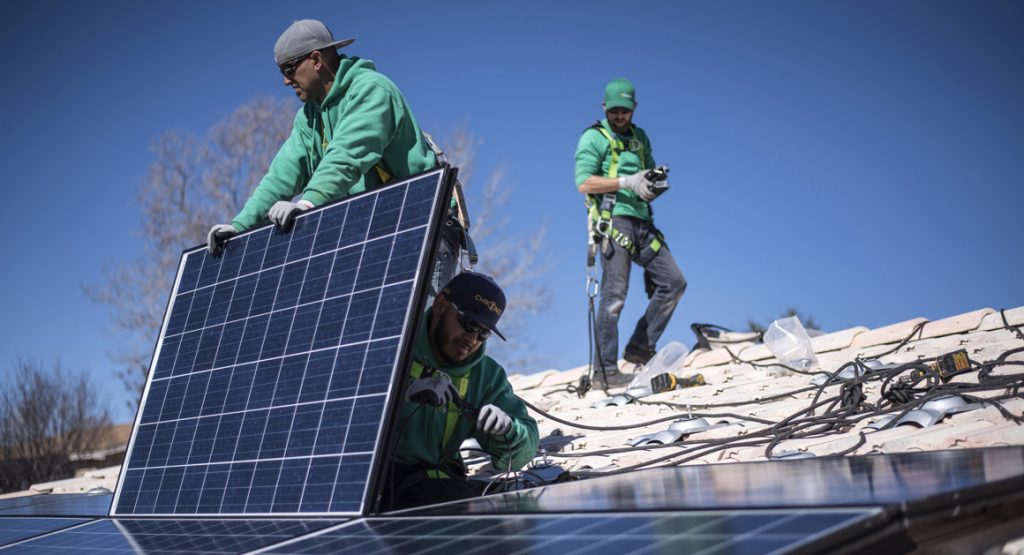
Introduction
solar panel installation is essential to use less energy and lower our carbon footprint sustainably. Solar power is a clean, renewable energy source supplying homes and businesses with energy. On the other hand, installing solar panels can be difficult and require careful planning and execution to ensure success.
Thus, this article will review the top five easy steps for a successful solar panel installation project. These steps include figuring out how much energy you need, looking at your roof and property, getting the permits and approvals you need, installing the solar panels, and then keeping an eye on the system.
By following these steps, you can ensure the success of your solar panel installation project and the enjoyment of renewable energy for years to come.
Installing solar panels has become a popular choice for people who want to reduce their carbon footprint and save money on energy because of the rising demand for renewable energy.
However, it is essential to remember that installing solar panels is not a one-size-fits-all procedure and that each installation project necessitates careful consideration of various aspects.
Determining your energy needs
By outlining the steps in this article and following them, you can ensure that you tailor your solar panel installation project to meet your energy needs and carry it out to the highest possible quality and efficiency.
Identifying your energy requirements is the first step toward a successful solar panel installation project. This involves figuring out how much energy your home or business uses every day or every month. Additionally, you can use this information to figure out how many and what kind of solar panels you’ll need to meet your energy needs.
You can audit your energy bills or utilize a web-based mini-computer to assess your energy use to compute your energy utilization.
After determining your energy requirements, you can also select the appropriate size and type of solar panels to meet those requirements. There are numerous varieties of solar panels available with distinct advantages and disadvantages.
Therefore, you can learn which kind of solar panel is best for your situation by speaking with a solar expert.
Consulting a solar expert can assist you in selecting the appropriate size and type of solar panels and provide valuable insights into the installation procedure. Hence, a professional can assess your roof and property and assist you in determining any potential issues or obstacles during the installation process.
Thus, you can be sure that your solar panel installation project will meet your energy needs and provide reliable and effective renewable energy for many years if you work with a solar professional.
Access your property and roof
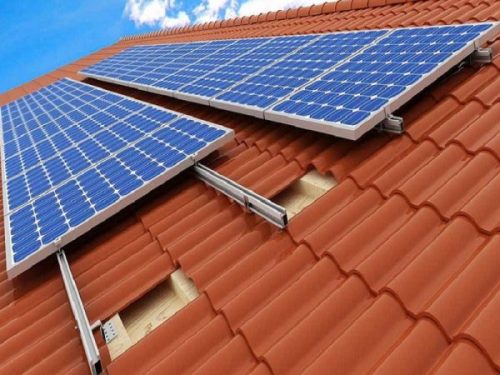
Assessing your roof and property is the second step in a successful solar panel installation project. This involves assessing your roof’s structural integrity, choosing the best spot for installing solar panels, and identifying any potential issues with shading.
It is vital to guarantee that your rooftop is fundamentally strong and can uphold the heaviness of the boards before introducing sunlight-based chargers.
Therefore, a roof inspection can assist in identifying any potential issues or required repairs. It’s also essential to choose the best spot for installing solar panels. When installing solar panels, select the location with the most sunlight throughout the day.
This may necessitate considering any potential obstacles, such as trees or other buildings, and the angle and direction of your roof.
Moreover, it is essential for the success of your solar panel installation project to identify any potential shading issues. Shading can significantly diminish solar panel efficiency, so it’s crucial to identify any potential sources of shade and take steps to minimize their impact on your system. You can ensure the installation of your solar charger system in the optimal location for maximum energy production by evaluating your property and rooftop before installation. Moreover, addressing any potential issues before they become problems is also important. Hence, this may enhance your solar panel system’s long-term success and dependability.
Obtain necessary permits and approvals
Acquiring the necessary permits and approvals is the third step in a successful solar panel installation project. This step involves researching local regulations and access requirements, completing permit applications, and submitting them to the appropriate authorities to obtain the necessary approvals and inspections.
Depending on the region, solar panel installation is subject to various regulations and permit requirements.
Thus, it is essential to investigate and comprehend these requirements before beginning the installation process. This procedure may require obtaining permits for building, electrical, or zoning regulations.
Once you have identified approvals and licenses, you can complete the necessary permit applications.
This typically entails providing comprehensive details about your solar panel system, such as the size, type, and location of the panels on your property.
You will need to wait for the appropriate authorities to review and approve your permit applications after you have submitted them. This might require inspections to ensure your system satisfies all regulations and requirements.
Additionally, installing your solar panel system will not be successful unless you obtain the appropriate permits and approvals.
Solar panel installation
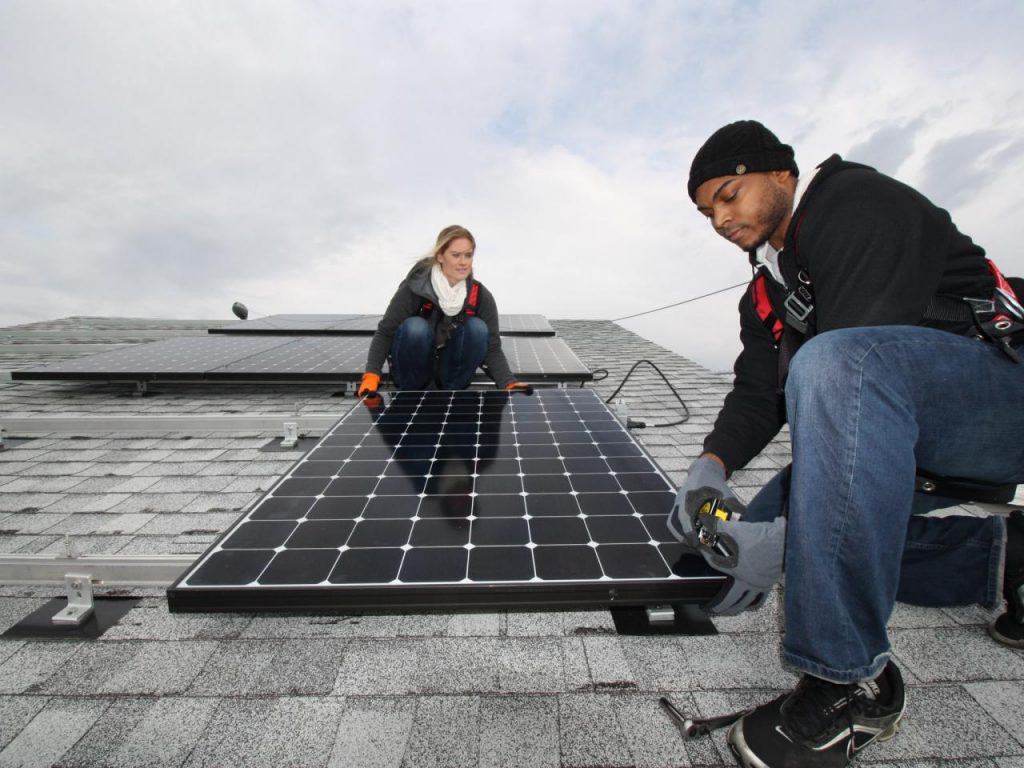
Installing solar panels is the fourth step in a successful installation project. The procedure includes preparing the roof for the building, mounting the discussions on the top, wiring the panels to your electrical system, and testing the system for functionality.
Ensuring that the installation is carried out correctly and safely requires adhering to manufacturer instructions and safety regulations. A group of professionals needs to provide the installation to ensure they carry it out correctly and effectively.
Maintenance and monitoring
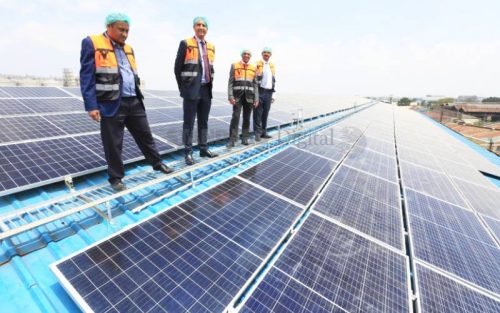
A maintenance and monitoring strategy is the fifth and final step in a successful solar panel installation project. This means cleaning and maintaining the panels regularly, monitoring how well the system works, and fixing any problems as soon as they happen.
To continue functioning effectively and efficiently, you must clean and maintain the panels periodically. D and debris accumulation can harm the panels’ capacity to absorb sunlight and generate electricity.
Keeping the panels clean regularly can help them work better and last longer. It’s also important to keep an eye on the system’s performance.
This entails periodically checking the system’s energy production and identifying potential issues.
Some solar panel systems include monitoring software, allowing you to monitor energy production and identify potential problems.
Moreover, It is critical to address problems as soon as they arise.
This might necessitate either troubleshooting the system on your own or calling in a professional to figure out and fix any issues.
Your solar panel system’s long-term success depends on having a plan for maintenance and monitoring. You can ensure that your solar panel system will continue to produce renewable energy that is both dependable and effective for many years to come.
Keeping your panels clean and well-maintained, monitoring the system’s performance, and promptly addressing any issues achieve this assurance.
Conclusion
In conclusion, installing solar panels is essential for a more environmentally friendly future. We can reduce our reliance on non-renewable energy sources and generate electricity in a sustainable and friendly manner.
Additionally, solar energy can reduce homeowners’ electricity bills since it is a cost-effective alternative to conventional energy sources. A successful solar panel installation project involves several crucial steps. Which are figuring out how much energy you need, looking over your roof and property, getting the permits and approvals you need, installing the panels, and planning to keep track of them.
To install your solar panel system safely, effectively, and efficiently, you must ensure that you take each step that is essential.
Homeowners can significantly reduce their carbon footprint and contribute to a more sustainable planet. By installing solar panels and taking steps toward a more environmentally friendly future.
The advantages of sun-based energy are clear, and with the proper preparation and execution, a sun-powered charger establishment task can be a fulfilling and monetarily valuable speculation. Hence, it is essential to remember that even little efforts toward a more sustainable future can significantly impact.
We can use solar panels to lessen our environmental impact and build a more sustainable future. Therefore, act immediately and join the expanding group of homeowners adopting solar energy and contributing to a cleaner and greener planet.


